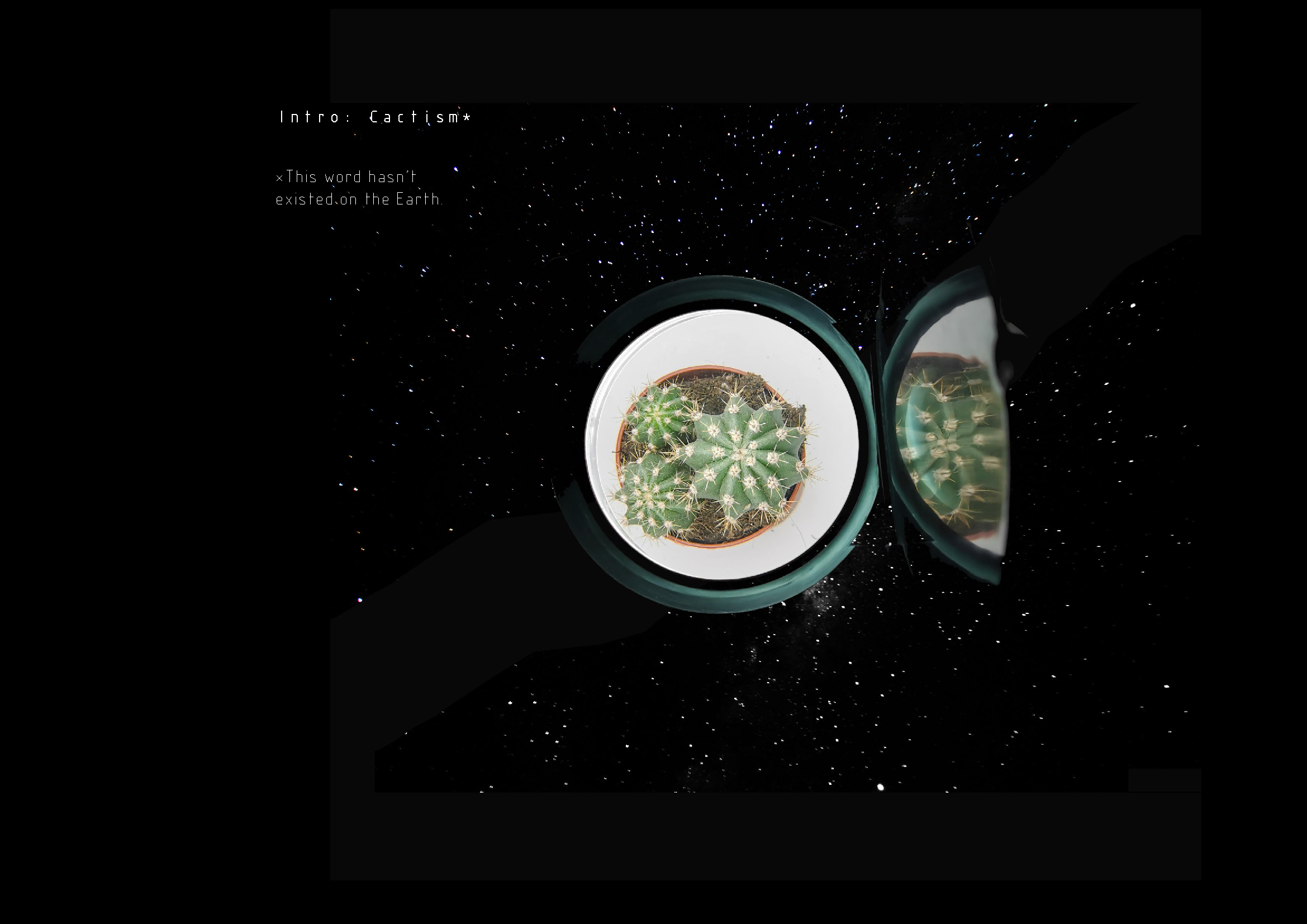Preliminary of Biological Design in Fashion through the Phenomenological Approach
Preliminary of Biological Design in Fashion is a project ZHU complete as the thesis of the Master Parametric Design diploma programme.
Special thanks to atacac.com for original pattern cutting ideas.
The 2-weeks project emphasized the initial exploration of how to introduce data and algorithm aided design into the fashion design workflow. Specifically, in this case, I took the biological design approach--and realized the morphogenesis of human brian texture on garments.
1.1 Morphogenesis of Cactus
Through a case study, ZHU managed to link the morphogenesis of cactus cells with the morphogenesis of the cactus external appearance phenomenologically. In other words, she imitated the appearance growth with a simplified algorithm.
2.1 Generalization
With the method of a simplified algorithm for a complicated surface, ZHU generalized the application from cactus to the human body. She then discovered a similar pairing—neurulation mechanism and brain morphogenesis. The overlap of the pair was the anisotropic morphology system.
2.2 Tool
To imitate a growth of the human brain surface on a mesh digitally, ZHU found the tool that responds to the anisotropic morphology system—plankton mesh in grasshopper.
2.2.1 Bridge-The fashion design
2.3 The algorithm
‘Growing‘ process of meshes under specific algorithm derived from neurulation mechanisms.
3.1 Prototyping
Quick prototyping through digital fabrication, molding with PU foam.
4.1 The future
As the project demonstrated the possibility of feeding data directly into the design process, it opened up the possibility of customization with data mapping inside the workflow. In this case, ZHU established a simple pattern recognition algorithm to give a kick. The algoritm took the thermo-map of human body and returned a 3D body model.
5.Finale
An initial idea of a new workflow that dynamically works with custom data and designers’ esthetic contribution occurred. Designers and customers contribute together on the data input and the algorithm, to realize a huge amount of different designs for different purposes.
6.Reference






















